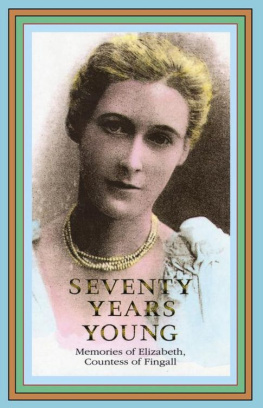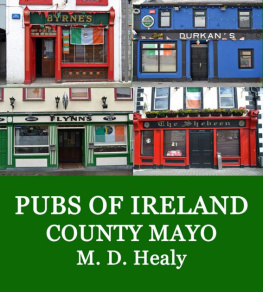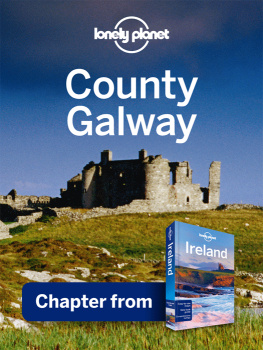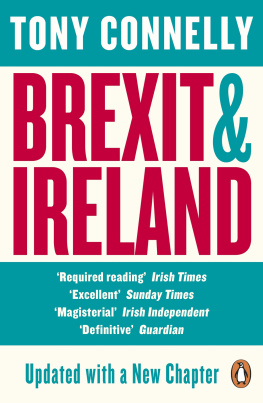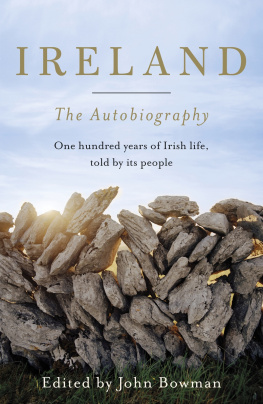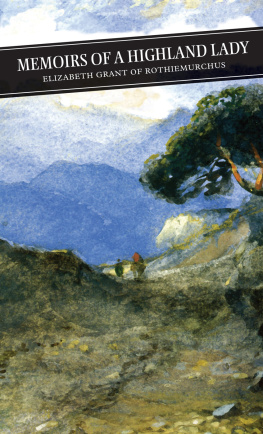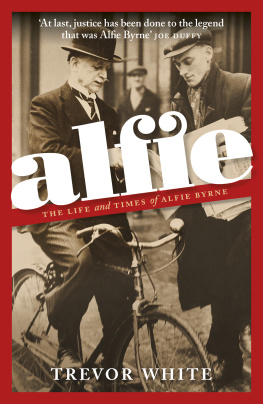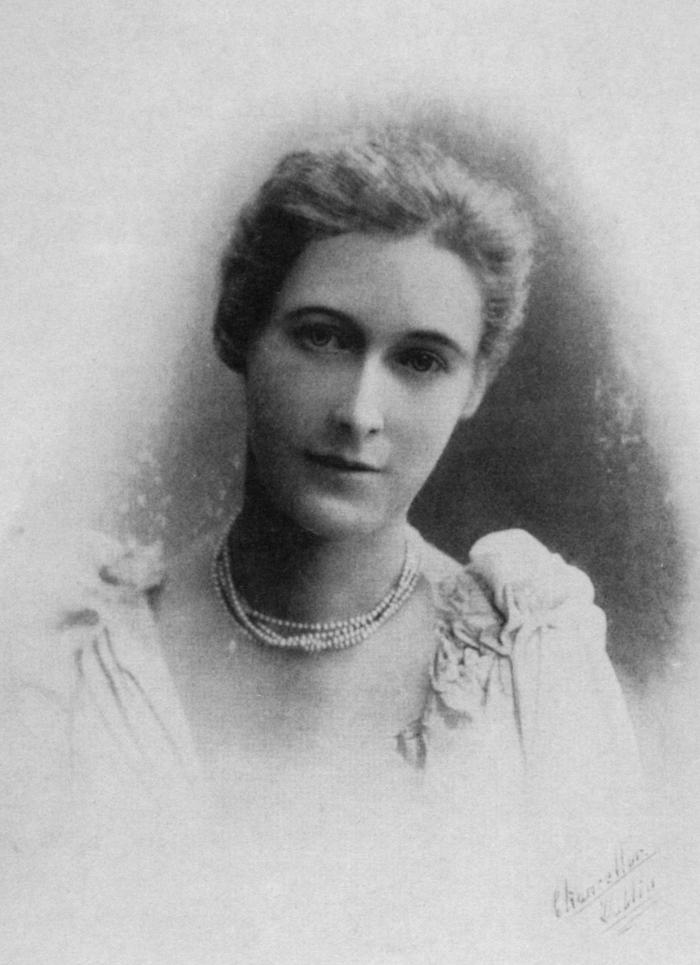Pamela Hinkson - Seventy Years Young: Memoirs of Elizabeth, Countess of Fingall
Here you can read online Pamela Hinkson - Seventy Years Young: Memoirs of Elizabeth, Countess of Fingall full text of the book (entire story) in english for free. Download pdf and epub, get meaning, cover and reviews about this ebook. year: 2011, publisher: The Lilliput Press, genre: Non-fiction. Description of the work, (preface) as well as reviews are available. Best literature library LitArk.com created for fans of good reading and offers a wide selection of genres:
Romance novel
Science fiction
Adventure
Detective
Science
History
Home and family
Prose
Art
Politics
Computer
Non-fiction
Religion
Business
Children
Humor
Choose a favorite category and find really read worthwhile books. Enjoy immersion in the world of imagination, feel the emotions of the characters or learn something new for yourself, make an fascinating discovery.
- Book:Seventy Years Young: Memoirs of Elizabeth, Countess of Fingall
- Author:
- Publisher:The Lilliput Press
- Genre:
- Year:2011
- Rating:4 / 5
- Favourites:Add to favourites
- Your mark:
Seventy Years Young: Memoirs of Elizabeth, Countess of Fingall: summary, description and annotation
We offer to read an annotation, description, summary or preface (depends on what the author of the book "Seventy Years Young: Memoirs of Elizabeth, Countess of Fingall" wrote himself). If you haven't found the necessary information about the book — write in the comments, we will try to find it.
This book is one of the most remarkable and the most entertaining of its kind ever published about late Victorian and Edwardian Ireland. - Peter Costello, Sunday Independent. A woman of considerable style and substance, her autobiography gives a fascinating glimpse into the social and political life in Ireland at the turn of the century. - Deidre McQuillan, Sunday Tribune. These memories are crammed with interesting, revealing and often funny stories about people like the Balfours, Horace Plunkett, King Edward VII and a host of famous politicians. - Caitriona Clear, Linen Hall Review. Seventy Years Young is one of the great Anglo-Irish memoirs. Originally published in 1937, it now appears for the first time in paperback, with an introduction by Trevor West. It tells the remarkable story of Daisy Fingall (ne Burke) of County Galway, who in 1883, aged seventeen, married the 11th Earl of Fingall of Killeen Castle, County Meath. Daisys vitality possessed and transformed that twilit world of Catholic Ascendancy Ireland, a world in transition - from viceregal, country-house Ireland of Dublin drawing-rooms and Meath hunting-fields, now as remote as pre-revolutionary Russia - to the Great War, Easter rising and civil war Ireland of the early 1920s and beyond, when the country houses lit a chain of bonfires, and the tobacco-growing Sinn Fein Countess tempered a life of privilege with work for Horace Plunketts Co-operative Societies and the United Irishwomen. Daisy Fingall writes from an intimate knowledge of the leading figures of her day and their milieu. A sparkling parade of personalities - Parnell, Wyndham, Haig, Markievicz, Edward VII, AE, Shaw, Moore and Yeats - comes alive under her pen. Seventy Years Young reanimates a proximate but forgotten past with all the power of first-class fiction, and the glitter and rarity of a Faberg egg.
Pamela Hinkson: author's other books
Who wrote Seventy Years Young: Memoirs of Elizabeth, Countess of Fingall? Find out the surname, the name of the author of the book and a list of all author's works by series.

